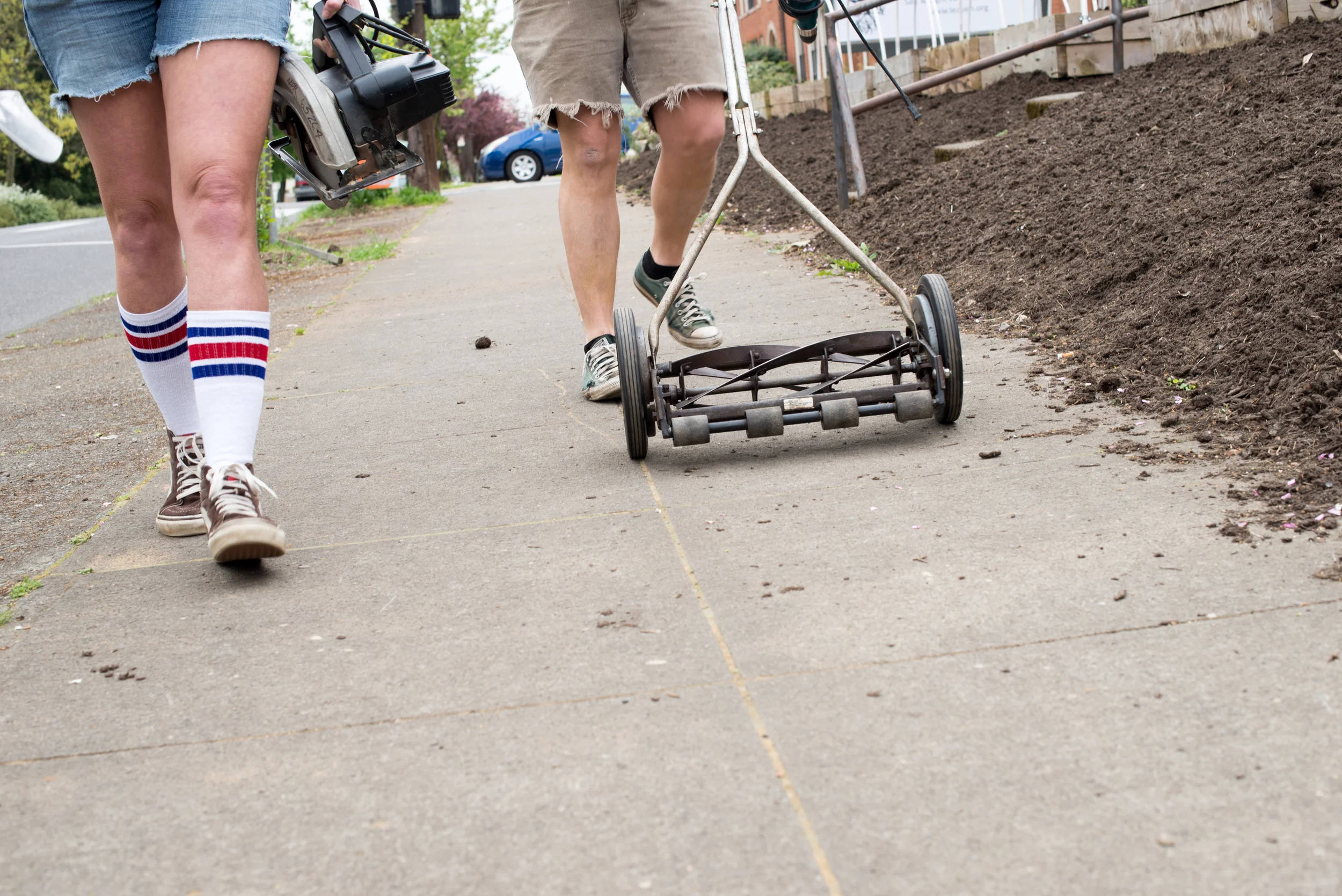Casey Hazlett of Sustainably Organized shares six tips for simplifying the holiday season ahead.
Most of us want the holidays to be about spending more time with friends and family, and not about spending more time shopping at the mall or online. Start the holiday season by reflecting on what you want more of, and plan your time around those goals or values, to have a calmer and more joyful season.
1. Start with your values
Write down a few words or draw a picture that represents your values (especially what you value during the holidays). Consider involving others in the family to help. Some of my values include having relaxed time with family and keeping long-standing family traditions going (like going to cut down a tree).
Simplify the Holidays, a program of The Center for a New American Dream, includes a calendar to help focus on what matters most during this time of year. You get six weeks of daily inspirations and practical tips for simplifying your holiday season. They also offer a booklet, coupon ideas and other resources to connect more with each other. Need more inspiration? Watch their video!
2. Make your to-do lists
Make a list of all the events or projects you want – or feel you need – to do this holiday season. Consider making separate lists for each holiday. Don’t forget to include what you’ll need to do for preparation, during the actual project or event and clean-up.
For example, the activity “Christmas Dinner” may include sending out invitations, choosing recipes, buying food, preparing food, decorating, cleaning up and putting away dishes and decorations.
3. Revisit your values
After you have your list of activities, revisit your key values to make sure your activities align with them. Consider filtering out activities that don’t match up with your key values, or adding activities focused on downtime, relaxation and fun.
4. Assign your time
Once you have your activity list, assign the amount of time you think each activity will consume. Be realistic when assigning time to each activity and add some extra time. If you’re not sure, give it your best guess – it doesn’t have to be perfect. The important part is realizing that everything takes time to complete.
5. Create your calendar and revisit it regularly
Schedule your list of activities on your calendar. Scheduling your activities ensures you are creating space to get them done. As we all know, things will change and you might need to add, remove or change activities. By allowing for some buffer, you’ll have space to be flexible as things change.
6. Delegate
Consider which activities you can delegate. Have a teenager in your life (son, daughter, niece, nephew or neighbor) who loves to wrap? Let him or her take on some of the present wrapping. It gives others a chance to contribute and feel involved with the festivities and play to their strengths. It also allows us to share some gratitude with those that make these holidays worth enjoying.
Find gift ideas for other hard-to-buy-for people in your life in our resourceful holiday series. #holiday













